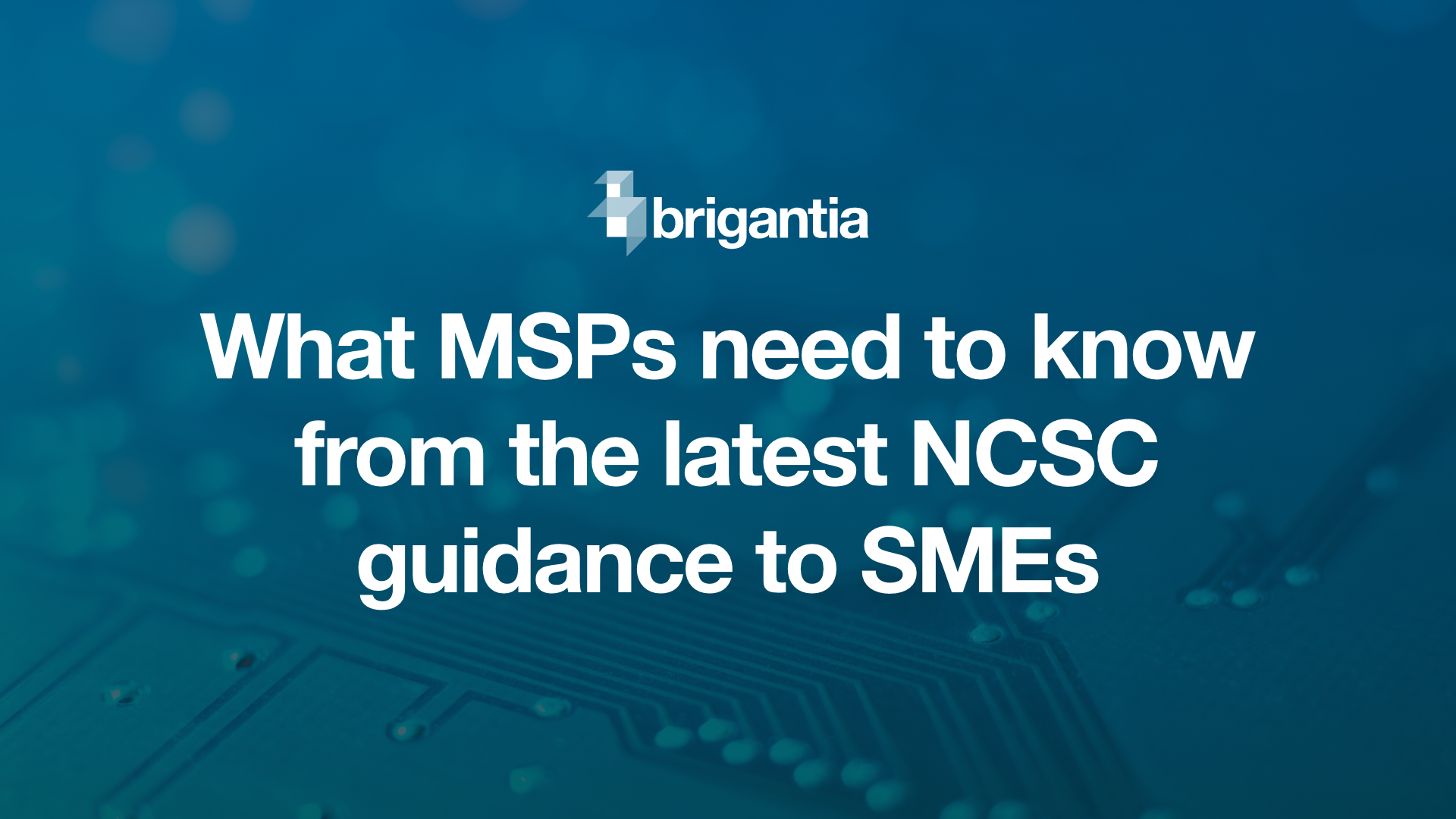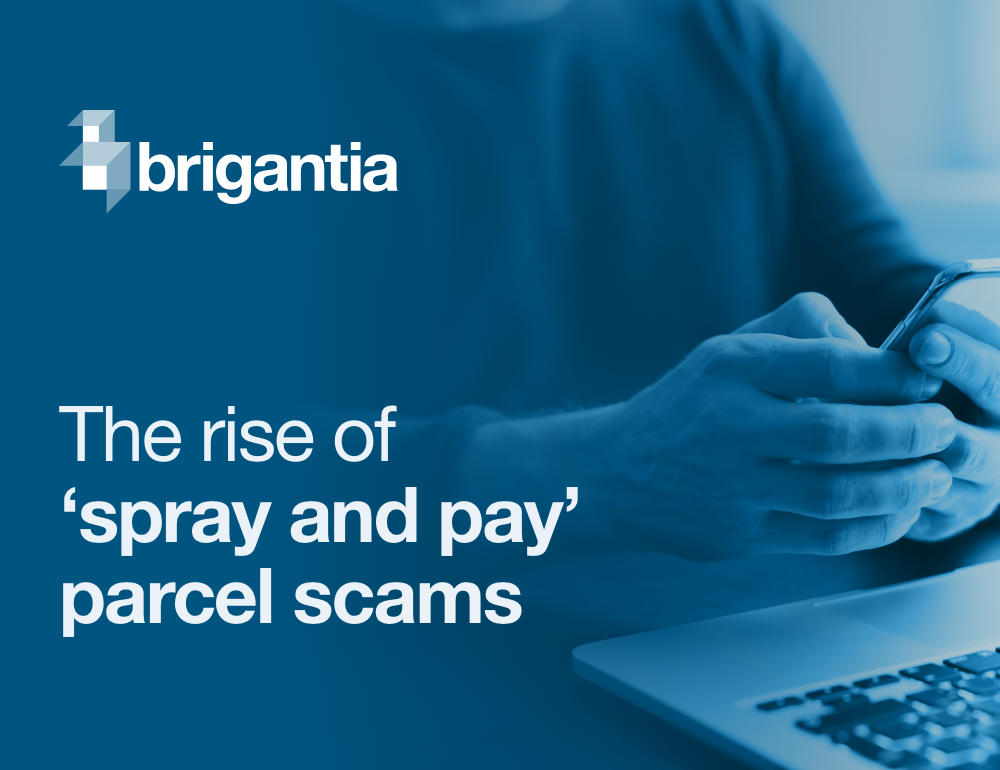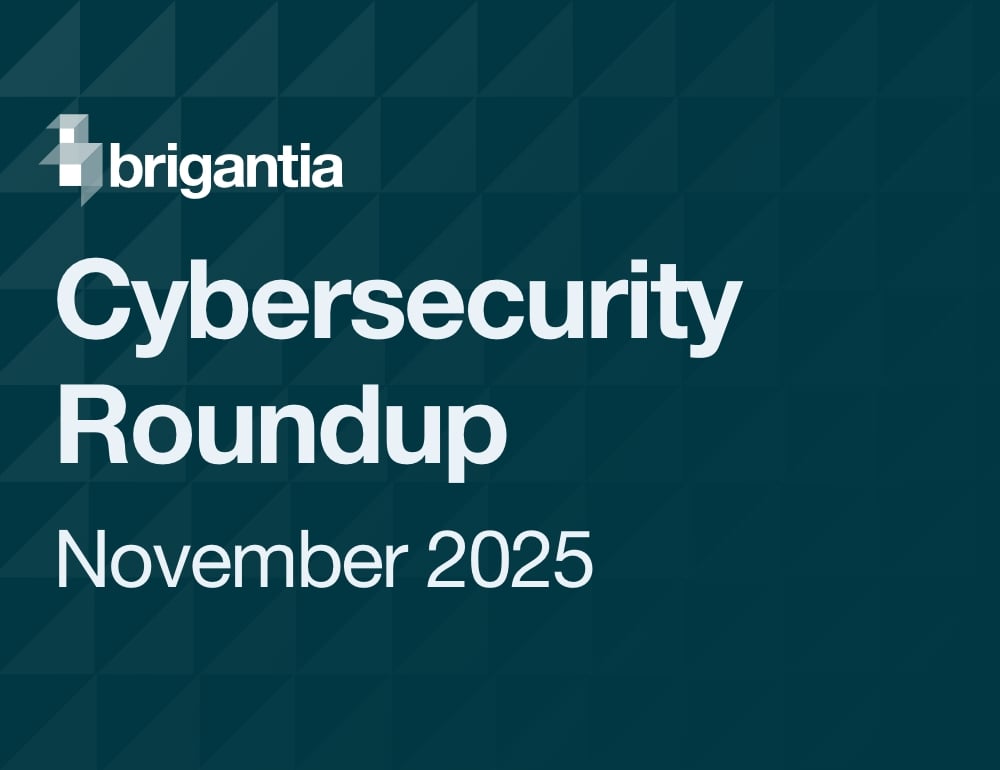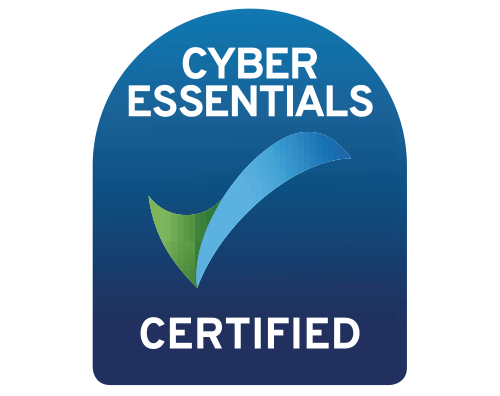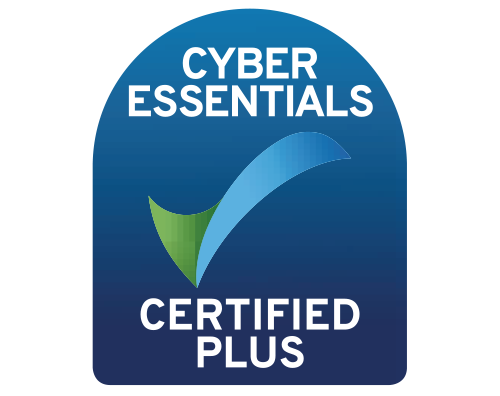Cybersecurity training in SMBs often looks good on paper, but does it actually work?
Too many businesses treat awareness training as a checkbox exercise, forgetting that real-world threats don’t care about compliance certificates. When the inevitable phishing email lands, it’s usually not an intern who clicks, it’s a director.
For many small and mid-sized businesses, cybersecurity training is still treated like an annual fire drill: disruptive, uninspiring and quickly forgotten. Tick the compliance box, watch the mandatory videos and maybe run a phishing simulation. Job done, right?
Except it isn’t. It’s not even close.
Cybersecurity threats have evolved. The tools used by attackers are more sophisticated, more convincing, and often automated. But the defences? In many SMBs, they still rely on the same people clicking the same dodgy links and reusing the same terrible passwords.
The reality is this - when a breach happens, and let’s not pretend it won’t, the weakest link is almost always human. Not because people are stupid, but because the training was.
Awareness vs training
Many SMBs now use some form of cybersecurity awareness platform, often bundled with another security product. Such platforms can be great for ticking boxes: pushing dull content and running occasional phishing simulations. But here’s the catch: awareness doesn’t equal training. This doesn’t create behaviour change.
Not all training is equal
What is needed here is not an “also-ran” bolt-on that a provider has only because they feel that they should have something in that space. You need a service where security training is the primary focus, where the provider has a global presence and is regarded as being possibly the best available. We are of course talking about KnowBe4.
In the SMB market, KnowBe4 is better managed by professionals than inhouse. The reason being that a platform as flexible and powerful as KnowBe4 can be difficult to get the most benefit from if you don’t have an in-depth understanding of it.
You need your cybersecurity training to stick; you need it to change people’s behaviour. Without that, you will not get the resilience you need.
Directors, please take a seat ...
One of the most consistent issues we see is senior leadership skipping the training. Not maliciously. They’re just busy. But in skipping it, they’re also skipping the lesson that no one is above being phished, spoofed or scammed.
In fact, attackers love to target directors because they hold the keys to the kingdom. And all too often, they’re the least prepared.
Resilience > compliance
Ultimately, cybersecurity training isn’t about pleasing regulators. It’s about protecting your business. A staff member who passes an audit but clicks a real phishing link three weeks later hasn’t been trained, they’ve been processed.
True resilience comes from changing behaviour, changing the day-to-day ethos, and ensuring that cybersecurity is never too far from anyone’s mind.
Final thought ...
Cybersecurity is everyone’s responsibility — but running an effective training programme? That’s a specialist job.
For SMBs, partnering with experts isn’t a luxury, it’s how you bridge the gap between knowing and doing. It’s how you transform staff from liabilities into your first line of defence.
Because when the real attack comes, you don’t want people thinking about what the training said. You want them to already know what to do.

